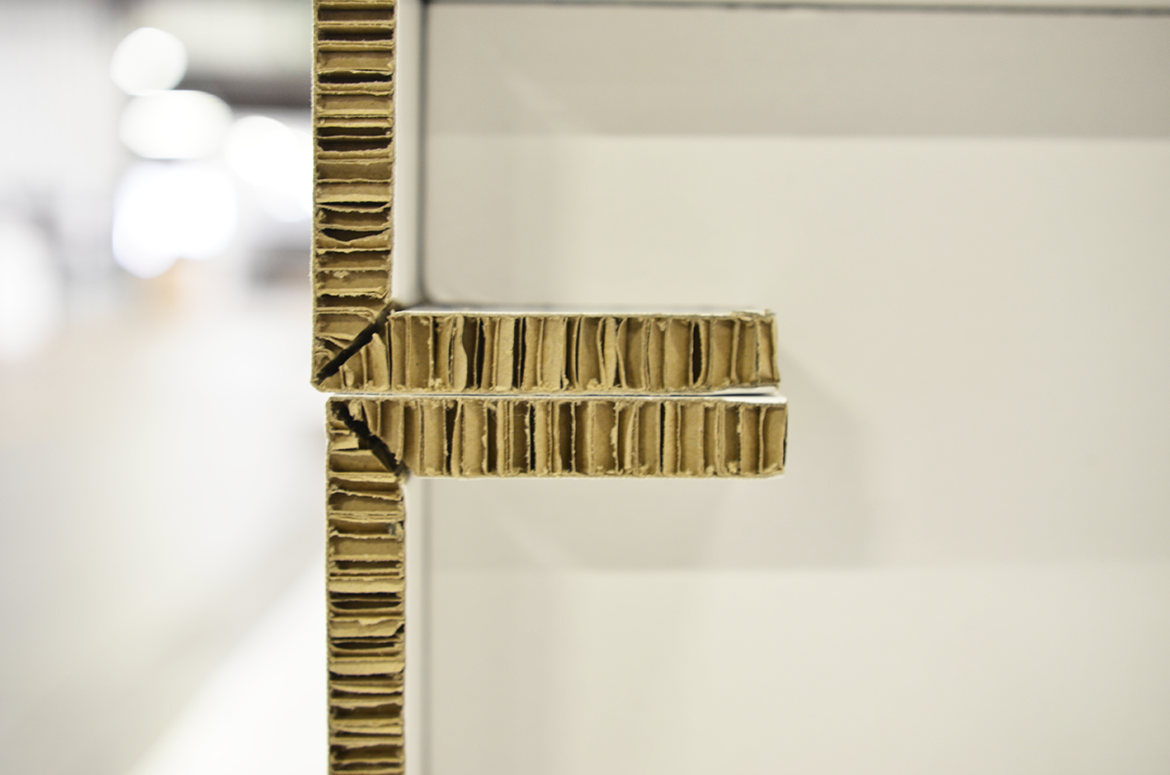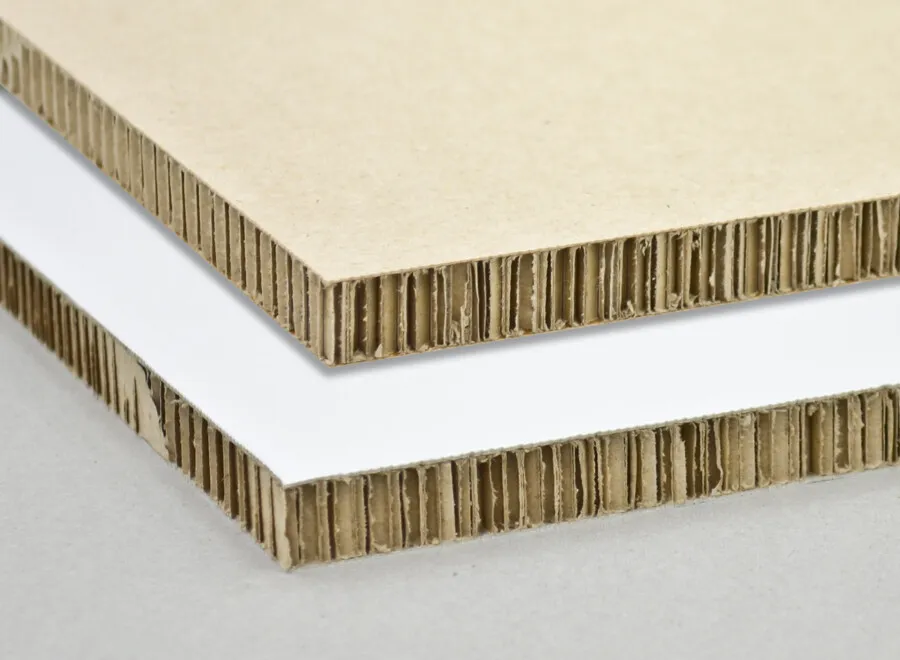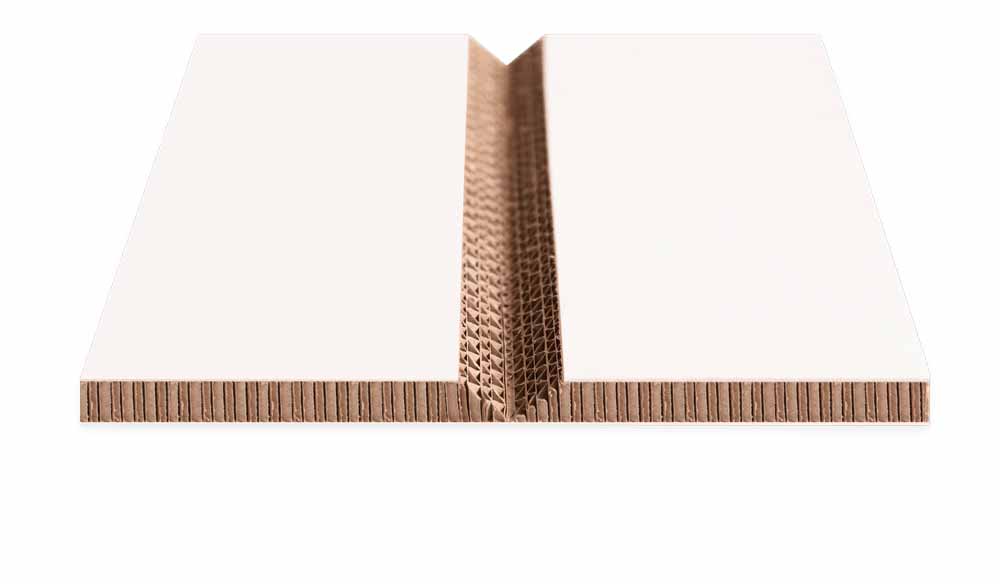Pranil Chandra December 20, 2023
Speak to a Print Expert
When it comes to brand activation, every last inch of your display matters if you want to maximise its potential for success. That includes what your audience can’t see as much as what they can.
Once you’ve enticed a potential customer base with a jaw-dropping display, don’t think they won’t go digging deeper to discover more about you – your backstory, values, and ethics. Your brand’s commitment to the planet has never mattered more, and to be truly green, it needs to run deep.
Nowadays, numerous sustainable materials are on the market to help create captivating, fully immersive retail experiences for your audience. Today’s article considers the best eco-conscious options to produce retail displays that don’t cost the earth.
Let’s Talk Eco-Friendly Materials
Not too long ago, methods for mesmerising your target audience at retail events and exhibitions were extremely different. For starters, there was no digital means to spread the word about your brand. Everything was physical – and materials like card, foam board, plastic and MDF were the only affordable options for creating display stands.
But times have changed. Today’s mantra for the eco-conscious brand is less about affordability and more about sustainability. In other words, your communications should not cost the earth.
While technology has become more prominent in marketing, the need for a physical aspect continues to dominate. Yes, the QR code is incredibly useful to connect with your audience quickly – yet consumers are looking for something more immersive than a screen alone can offer. They want something tangible – something real to tap into. An engaging experience that hooks and holds their attention. And if you’re not hitting the mark with potential spenders, well, you can guess the rest…
The trouble with most materials used historically for event displays is their lack of sustainability. Card is about the only one that’s recyclable – and even then, it depends on how it’s been treated (with glues, inks and the like not so sustainable).
That’s why professionals working in the experience retail and events space have fallen for Re-board displays in a huge way. As a 100% recyclable and highly sustainable material, Re-board aligns perfectly with most company values and green initiatives, making it one of the most popular materials used in marketing today.
And how good that it delivers plenty more benefits besides being eco-friendly!
With layers of card wrapped around a fluted core, Re-board is an incredibly strong material with a long lifespan, making it the perfect material for displays destined for multiple outings.
Despite its strength, Re-board material is extremely versatile, easy to cut, contour and shape into all kinds of structures – in other words, a creative designer’s dream! Think of a concept, and Re-board can likely bring it to life.
Because it’s paper-based, Re-board is light to carry, making it easy to assemble/pack down, transport and store – usually requiring one or two pairs of hands maximum.
Re-board is finished with a primer, so it can easily take high-quality digital printing. Whatever you want to print – images, text or both – Re-board printing guarantees full colour and vibrancy.
While the cost per metre appears expensive, this negates telling the entire story. Factor in the multiple benefits of Re-board displays, like their versatility, longevity and portability, and you have an attractive TCO that competes against historical ‘low cost’ options.
Considering all it has to offer, it’s no surprise Re-board has taken off in a big way. Clients love it, and so do we, most of all because it’s among the most sustainable materials around and best-in-class for creating immersive pop-up stores, point-of-sale displays, signs and exhibition stands.
Yet several other materials are available that perform a similar job, and just like your customers, you will appreciate having a choice! Let’s take a look at some other eco-friendly solutions and see how Next rates them against Re-board.
This product has been around for some time now. Made from recycled paper and sugar cane fibres, it ticks off the eco-strategy box for many brands. The result is a durable board similar to Re-board, it’s extremely flexible and great for cutting and contouring into all manner of designs.



Xanita® Board Pros: eco-firendly (FSC-certified virgin kraft core), high degree of water-resistance to the board when used in refrigerated display settings and strong.
Xanita® Board Cons: costly to buy, and may require specialist tools for cutting and shaping.
Great for: Brand activations, pop-up stores, POS displays, customised creative marketing.
NEXT Best-of-the-Rest Rating: 4 green stars
Another product made from recyclables, Falcon Board, has become an eco-friendly favourite of many display designers. It has a unique honeycomb core at its centre to provide strength – yet this doesn’t appear as strong as Re-board; hence, it remains better suited to flat sheet digital printing than creating 3D structures.



Falcon Board Pros: recyclable, lightweight, strong, printable.
Falcon Board Cons: lacks in water resistance – not suitable to use outdoors. Can require additional reinforcement for heavy loads.
Great for: Large format printing, wall art, 2D displays
NEXT Best-of-the-Rest Rating: 3 stars
This is a relatively new product on the market and making plenty of noise, too. Swedboard is produced in Sweden from premium paper, so it’s a recyclable material. A smooth finish, high-quality aesthetics and durability make this the preference for luxury brands creating top-end displays and packaging. It also handles printing exceptionally well.



SwedBoard Pros: Smooth, rigid, luxurious in appearance and great for digital printing.
SwedBoard Cons: Expensive, limited moisture resistance and often difficult to source.
Great for: High-end exhibition displays, luxury retail experiences, packaging
NEXT Best-of-the-Rest Rating: 2 stars
Tiger Board is a type of particle board similar to MDF but with a lower density. Made from wood shavings, many assume it is eco-friendly, yet the adhesives and manufacturing processes used in its assembly mean it cannot be recycled. As a material for display stands, It can be v-notched into many shapes, although none of any significant size or complexity.
Tiger Board Pros: Cost-effective solution, durable and versatile.
Tiger Board Cons: Emits formaldehyde (toxins) if not sealed correctly. Difficult to recycle in normal waste streams.
Great for: Basic structures, retail displays, wood-style furnishings
NEXT Best-of-the-Rest Rating: 2 stars
If eco-friendly solutions matter to your brand marketing creations, arrange a chat with our team.
NEXT Printing helps clients to produce immersive displays that deliver on sustainability, helping you win the war on waste and win new customers.
Ready to learn more?
We'd love to send you innovative tips, news and offers from the world of print and marketing.
Client experience officers are available to answer any questions you have. Use the form below to quickly let us know what you need!